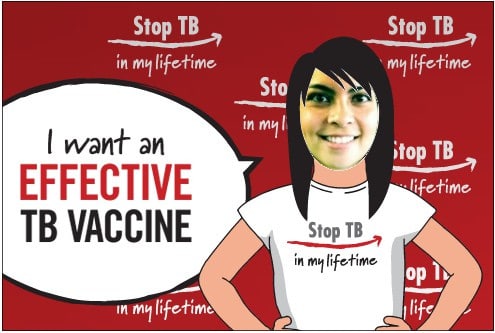
 An editorial in the Journal of Epidemiology and Global Health says drug-resistant tuberculosis has emerged as a global health threat and urges governments and health policymakers to take immediate steps to combat its spread.
An editorial in the Journal of Epidemiology and Global Health says drug-resistant tuberculosis has emerged as a global health threat and urges governments and health policymakers to take immediate steps to combat its spread.
Since the mid-20th century antibiotic drugs like penicillins and tetracyclines have been a staple of modern medicine, saving millions of lives and ushering in a golden age of medicine. But with the rise in antimicrobial resistance (AMR), health experts the world over say that we are now entering a post-antibiotic era of medicine, where diseases once treatable with a simple round of antibiotics have mutated to form “superbugs” that resist many if not all drugs we have at our disposal.
Diseases such as gonorrhea, staphylococcus aureus (staph infection) and some forms of E. coli have already reached the stage of being “virtually untreatable,” according to the editorial’s authors. “The antibiotic pipeline is running dry, and AMR is threatening to undo major gains made in the control of infectious diseases,” they state.
According to a recent report commissioned by the UK government on AMR, 300-million people are expected to die prematurely due to AMR over the next 35 years, a tragedy which will amount to a 2 to 3.5 per cent decrease of the world’s GDP.
Tuberculosis, a disease of the lungs and infecting billions of people worldwide, is a key part of the AMR puzzle. Multi-drug resistant tuberculosis (MDR-TB) is already affecting people at a rapid rate, with an estimated 480,000 people infected by MDR-TB in 2014 and 190,000 people having died from it, the majority within the developing world.
In a 2015 report the World Health Organization (WHO) issued a 5-point action plan to respond to the MDR-TB global crisis, which notably includes a requirement of increased political and financial commitment from the developing as well as the developed world.
Unfortunately, those countries currently facing the bulk of the crisis are also the least equipped to deal with it, according to the editorial’s authors. Combatting MDR-TB requires the use of second-tier drug regimens for those infected with MDR-TB, but these drugs are often expensive and the treatment process detailed – often taking up to 2 years and currently with a less than 50 per cent success rate. Also, countries with high MDR-TB rates do not have the resources that richer countries do to quickly diagnose those with the disease, leading to a greater chance of spreading the disease to a wider population.
Further, a recent report by Medicins sans Frontiers argues that countries in the developing world burdened with high MDR-TB rates have major gaps in their strategies to counter the spread of the disease.
“Clearly, TB is a low priority for many developing countries, and current investments are insufficient to make progress in addressing MDR-TB,” say the editorial’s authors, which leaves the matter up to governments and agencies of the developed world to add their support.
The editorial’s authors suggest that “the door is wide open” for the international TB community to advocate for greater support and response from participating governments.
The editorial’s lead author is Madhukar Pai of McGill University’s International TB Centre.
Leave a Reply
You must be logged in to post a comment.



 Share
Share Tweet
Tweet Share
Share



Comment